
In the Eastern part of Sabah, Malaysia, flows the Kinabatangan river, one of the most important ecological corridors in all of Southeast Asia. Stretching over 560 Kilometers, it is home to one of the richest and most accessible ecosystems in Borneo.
But what truly sets it apart is the Kinabatangan wildlife—a mind-blowing variety of species, many of which are endangered or endemic to Borneo. In just a few days along the river, visitors can encounter everything from curious monkeys and rare birds to powerful reptiles and elusive nocturnal animals.
Whether you’re an avid nature photographer, a birdwatcher, or just someone with a deep love for the natural world, Kinabatangan promises rare and rewarding encounters.
The Proboscis Monkey is perhaps the most recognizable and comical figure in all of Kinabatangan wildlife. With their exaggerated long noses, bulging bellies, and reddish-brown fur, these monkeys look like they were designed by a cartoonist. But behind their quirky appearance lies a fascinating evolutionary story unique to Borneo.
Only found on this island, Proboscis Monkeys are excellent swimmers—one of the few primate species known to cross rivers regularly. Their partially webbed feet help them escape predators and move between feeding grounds, which is why they thrive along the Kinabatangan River corridor.
They’re a staple of the Kinabatangan wildlife experience, especially during sunset cruises, when they gather in mangroves and perform daring leaps from branch to branch.
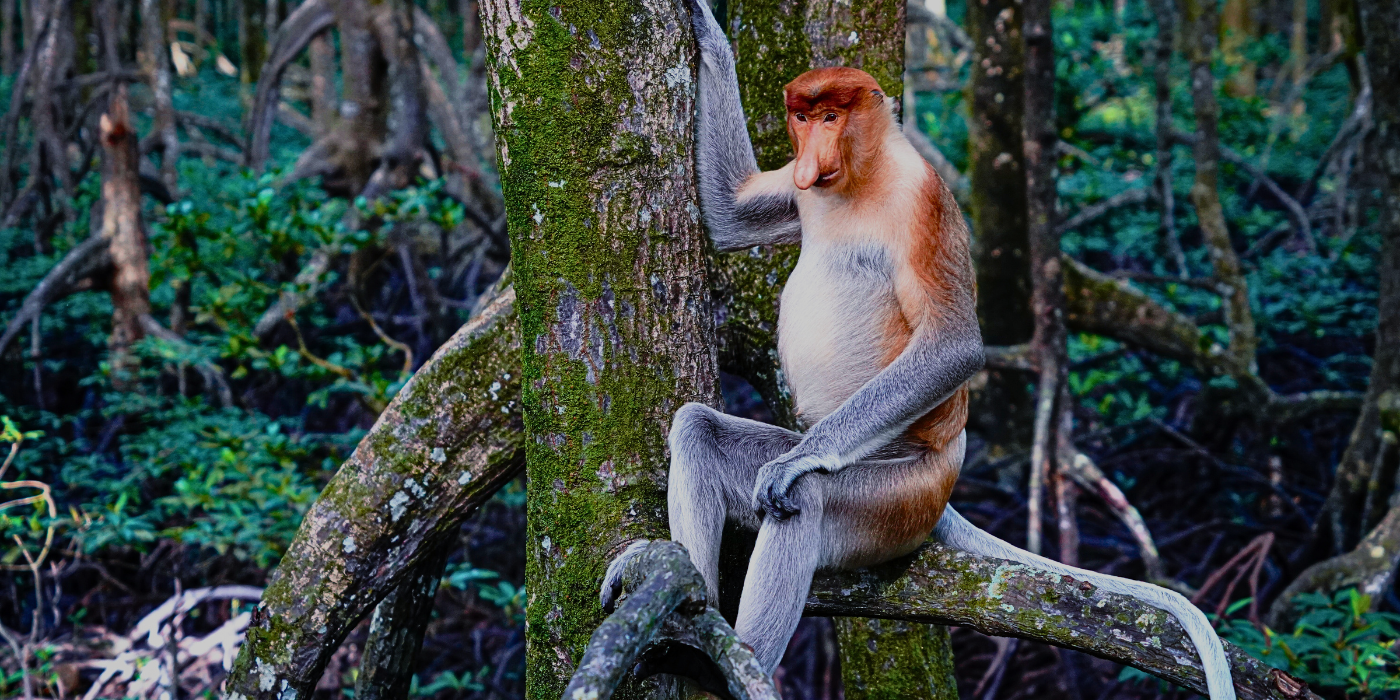
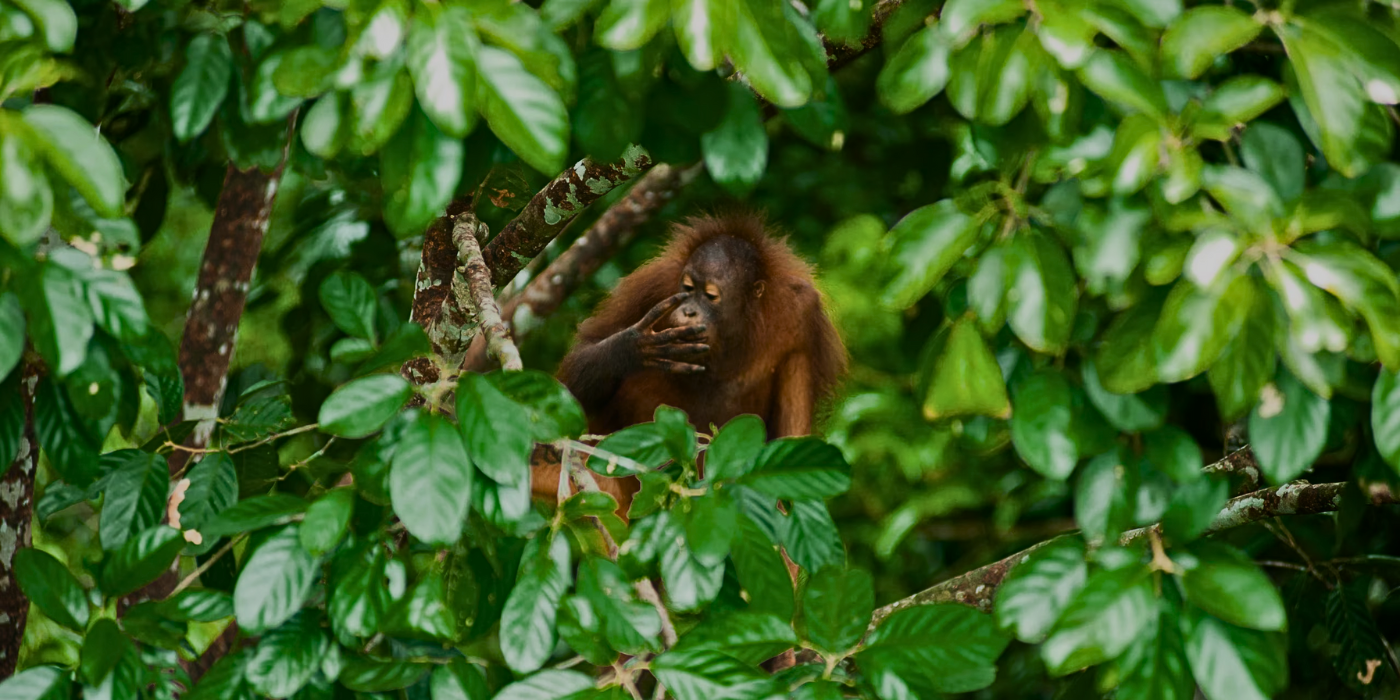
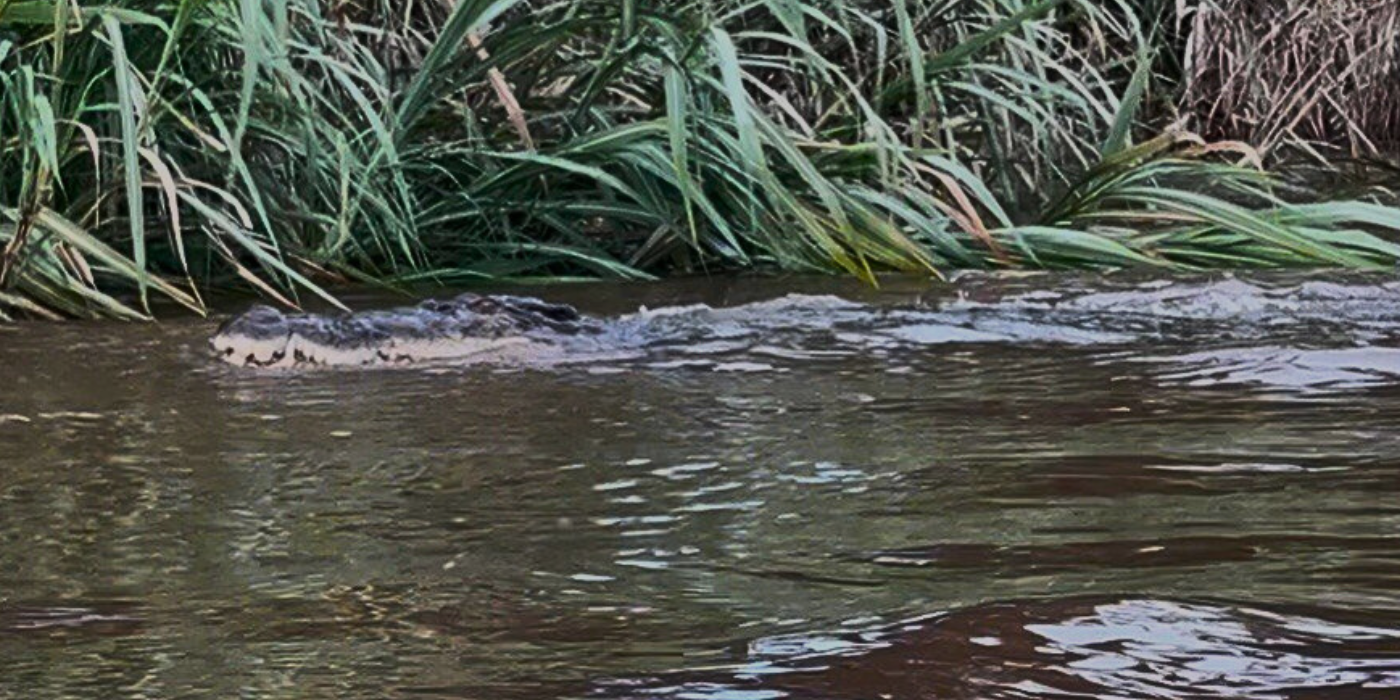

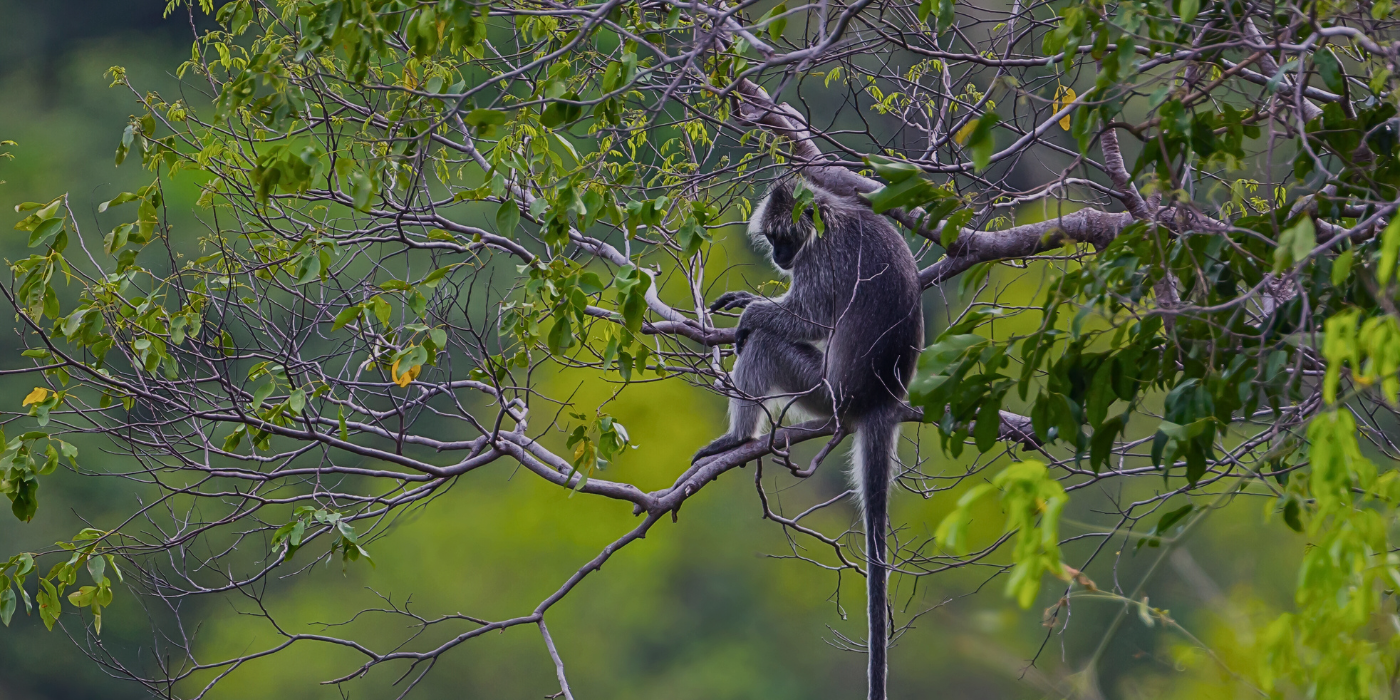
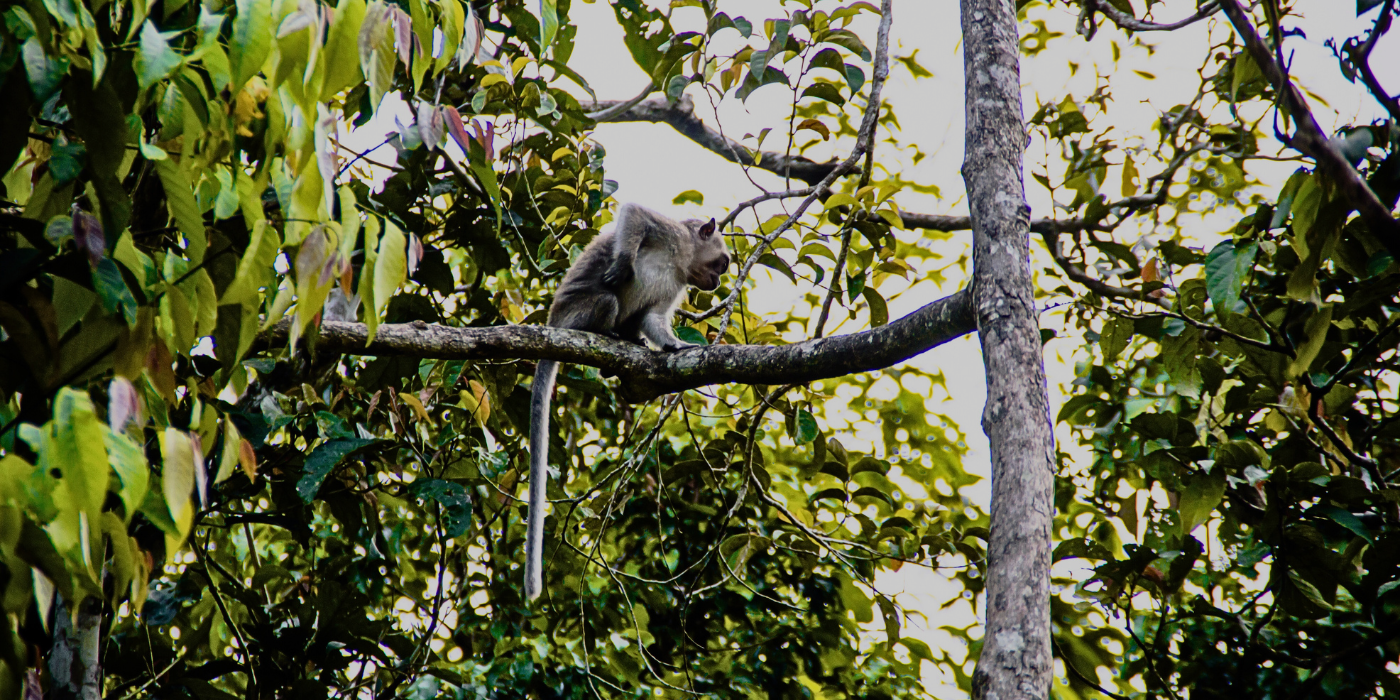

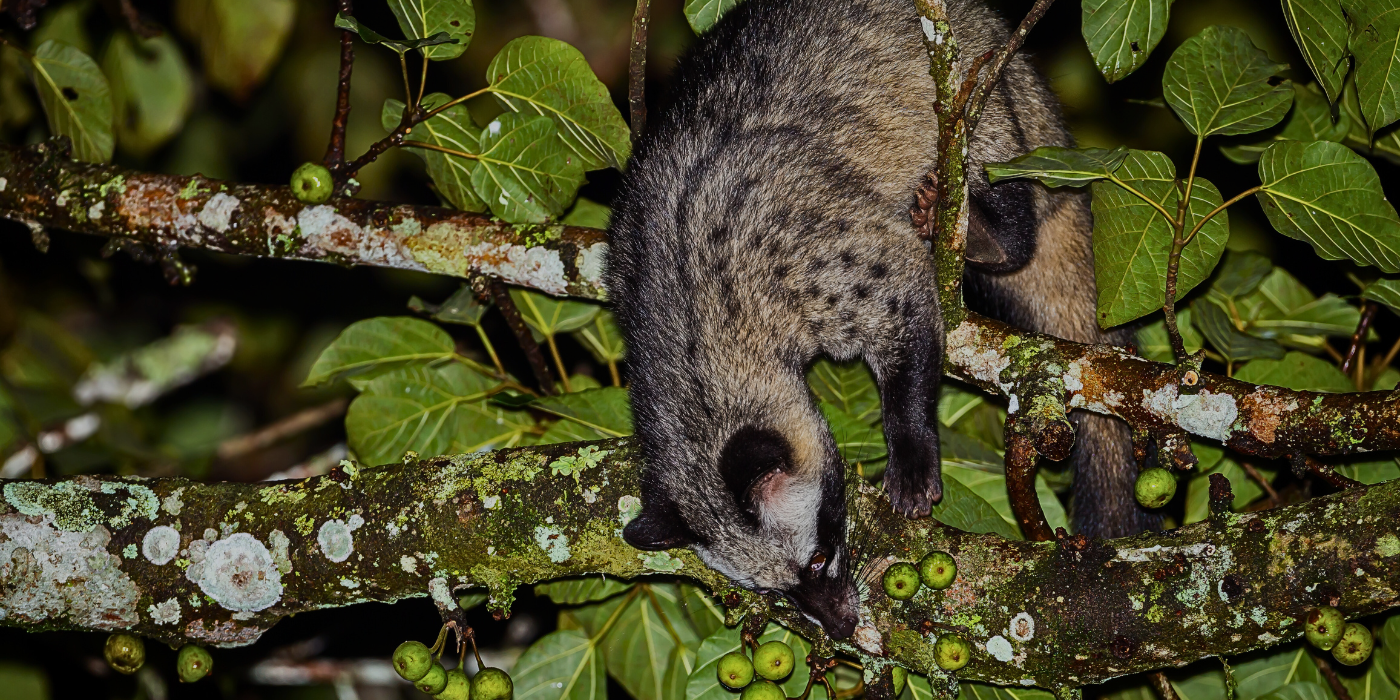
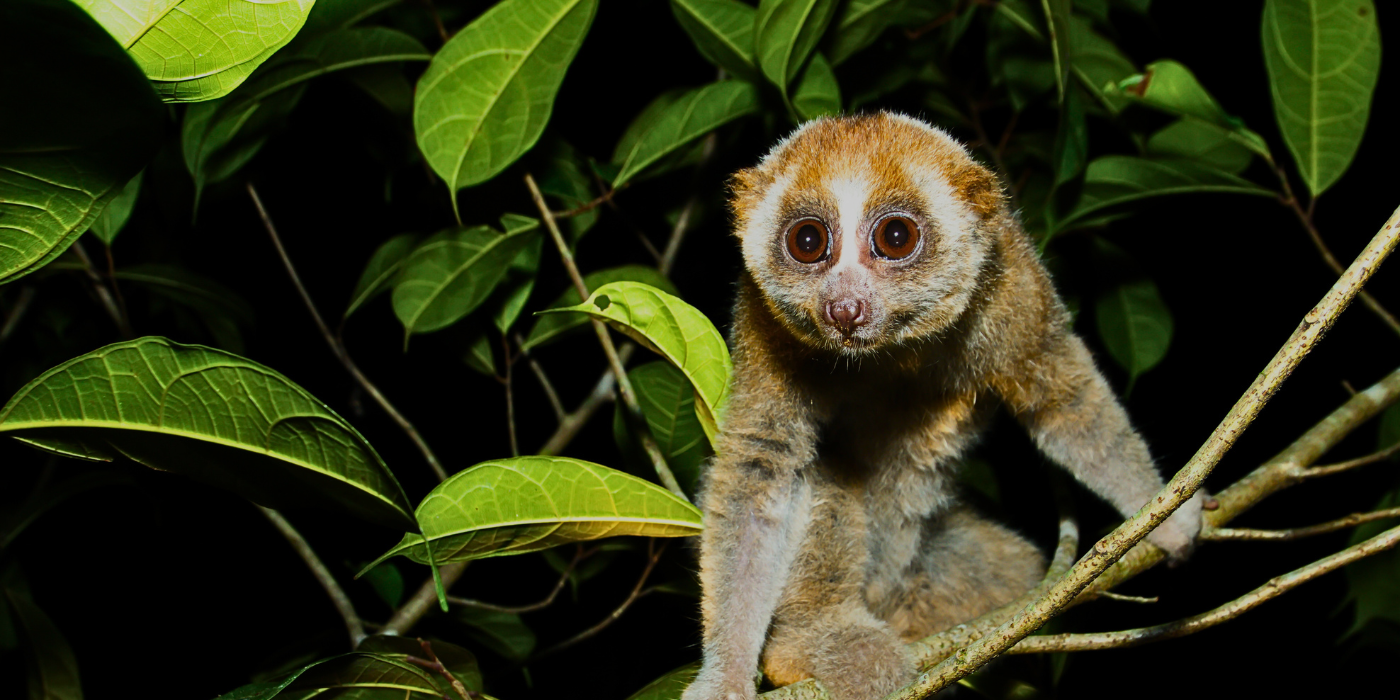
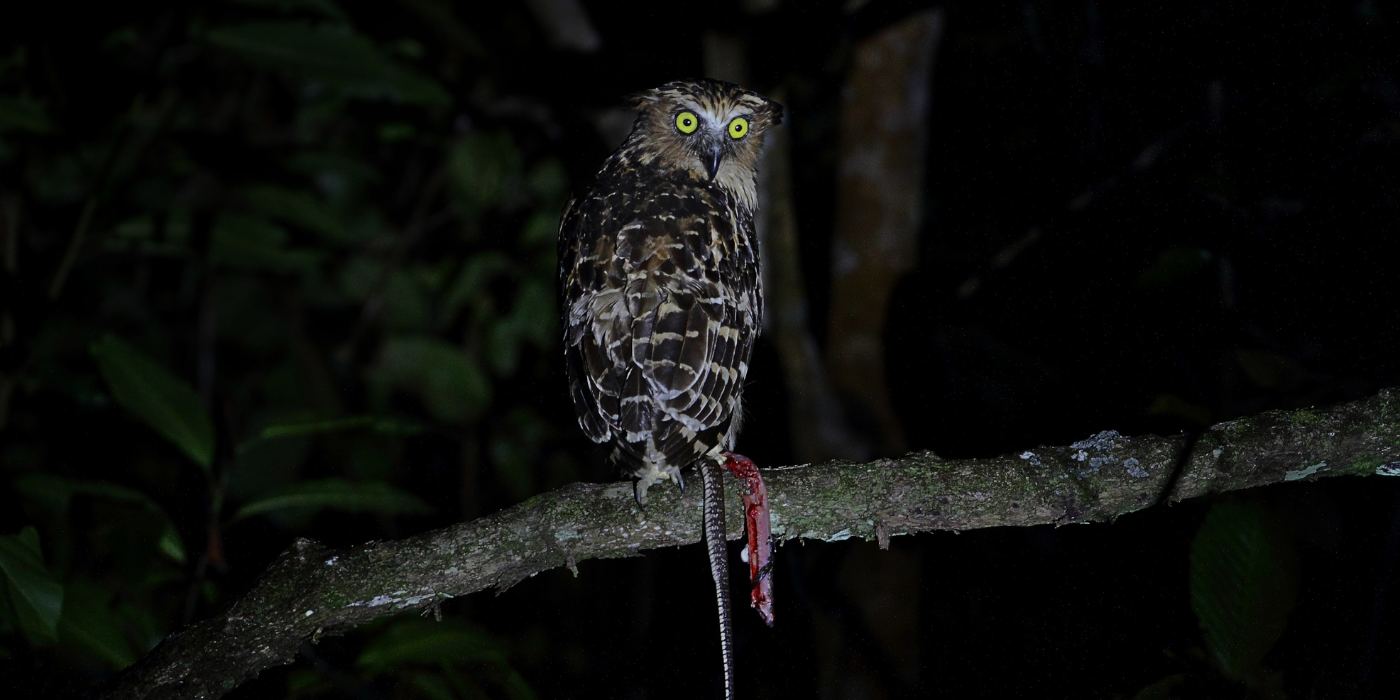





While sightings are never guaranteed, a 3-day stay with multiple river cruises and night walks gives you a strong chance to spot most animals listed.
Yes! Most lodges welcome children aged 6+, and guides are trained to offer educational, fun experiences.
Absolutely. Professional guides operate all tours, and safety protocols are followed—just avoid swimming in the river (crocodiles!).
Wildlife can be seen year-round, but the dry season from March to October typically offers clearer weather and better viewing conditions. Rainy months (November–February) can still be great for photography due to the lush greenery, but river levels might rise, making some areas less accessible.
Quick Navigation
Toggle

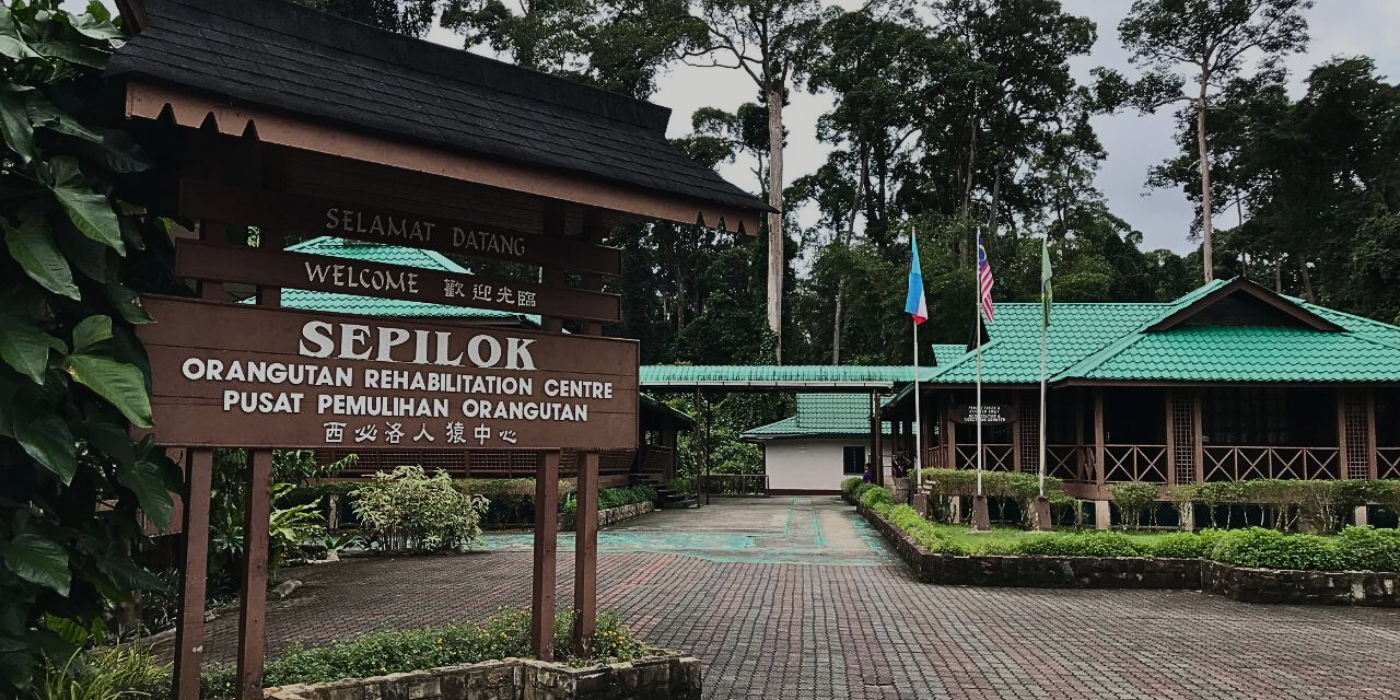




Explore Nature. Embrace Conservation. Experience Malaysia
Top Destination
Follow Us
Payment channels

To improve your experience, we use cookies to store and access device data. You can accept all cookies, customize your choices, or decline non-essential ones. Learn how we use cookies in our Cookie Policy
5 thoughts on “Kinabatangan Wildlife: Top 10 Animals You Can See in this Borneo River”